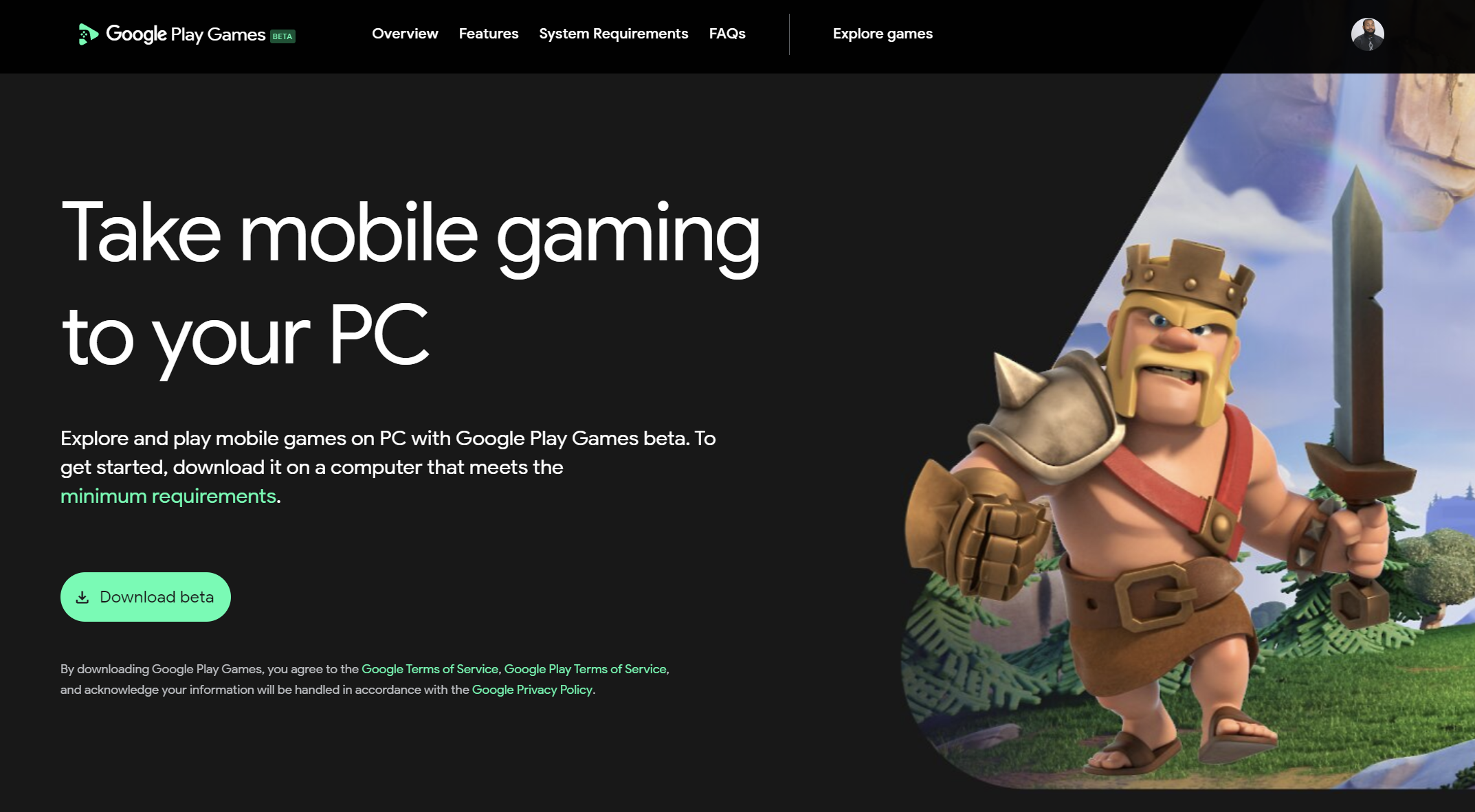Outlook Inbox Rules Tips and Tricks

What are Outlook inbox rules?
Outlook provides it's users with the ability to automate responses and other actions in their inbox. These actions will take place without your intervention and enable you to be much more productive, if configured correctly. These rules reside within the ribbon located near the top of your Outlook inbox.

How To Set Up Outlook Inbox Rules
Before you set up rules in Outlook, be sure to clearly define the outcome you are trying to achieve. Do you want a needy client to go to their own inbox? Or, do you want emails with certain subject headers to be forwarded to another person?
Once you've got your goals outlined, it is time to start configuring.
Step One: Select the rules icon towards the top of Outlook and click Create Rule

Step Two: Click the Advanced Options button

Step Three: Select your conditions

Here you will specify the conditions you want met to have your rules trigger. Some conditions you may want to specify are when a specific email is in the To or there are certain words in the body of an e-mail.
Step Four: Tell Outlook the action you want to take if your conditions are met

Now it's time to tell Outlook what to do if your demands are met! You can have the messages deleted, forwarded to an e-mail of your choosing, or even play a sound.
Step Five: Let Outlook know if there are any exceptions to this rule

To ensure your rule isn't spread too liberally, set some exceptions. For example, you may want to move all emails with the word "reports" in the body to a reports inbox unless they are marked urgent. You can specify this in your conditions to make sure you don't miss any important requests.
Step Five: Name the rule

If you plan on using many rules, be sure to give each rule a descriptive name. This will help you choose the appropriate rule for your workflow.
Step Six: Activate the rule
If you are ready to turn the rule on now, simply leave the box that says "Turn on this rule" checked. If you want to apply the rule to everything currently in your inbox, the check box for that is located on top of the "Turn on this rule" box.
WARNING
If you choose to apply the rule to everything in your inbox, your computer may take a while to complete the action or freeze depending on the number of emails in your inbox.
Tips and Tricks
Now that you have mastered the configuration portion, here are some tips to help you utilize this functionality to the fullest and maximize productivity.
Create a High Priority Client Rule
Every business has a client or two that are much more needy than the others. As such, you may want to address their needs in a different manner. To ensure you do not miss one of their emails, you can specify a condition that moves any sender with the company's domain name to a dedicated folder.
This can be accomplished by clicking the "with specific words in sender's address" option.

Automatically forward emails to colleagues
If you find yourself too busy to check emails due to a time consuming project, you can set certain emails to forward to a colleague. For example, you can set a condition that looks for the words "quarterly report" and have that forward to an analyst for assistance.
Set a do not disturb message
If you are not quite out of office but are unavailable to answer emails quickly, you can set an auto reply rule. This rule lets the sender know the message was received. You can also create a template that contains a custom message letting them know when they can expect a reply or whom to reach out to.
Automatically create flags
You can use the Outlook rules to create an action that will flag certain messages for follow up at a certain time. This is a great way to ensure you don't miss an email during your busier seasons.
Get creative!
With a little creativity, you can turn your oridinary Outlook inbox into an machine drive productivity machine. Automating your workflow is the best way to improve productivity and ensure customers are delivered a quality product consistently.

Posted by: Matt Irving on 03/09/2022
Subscribe to my blog!
More Articles...



















